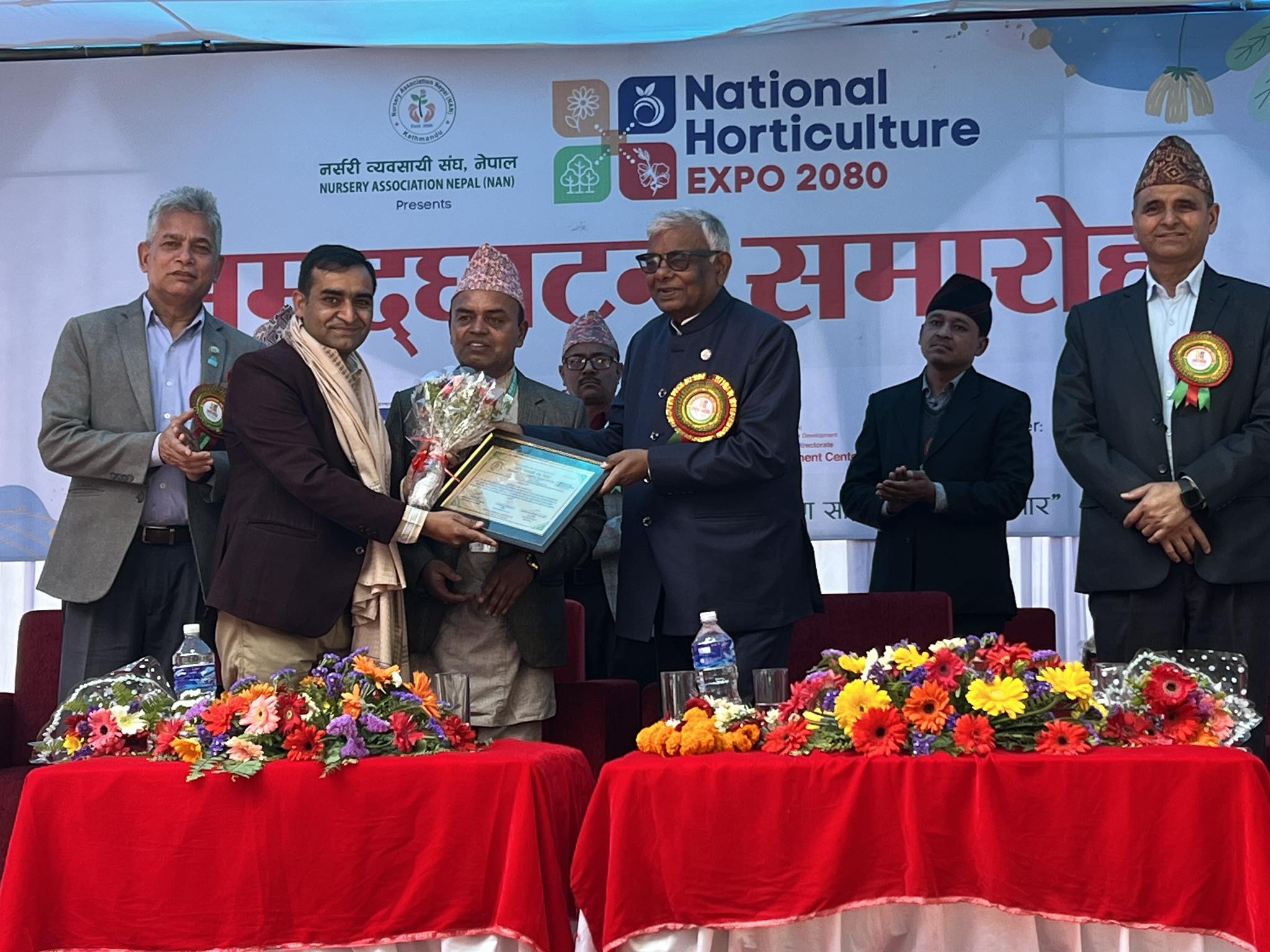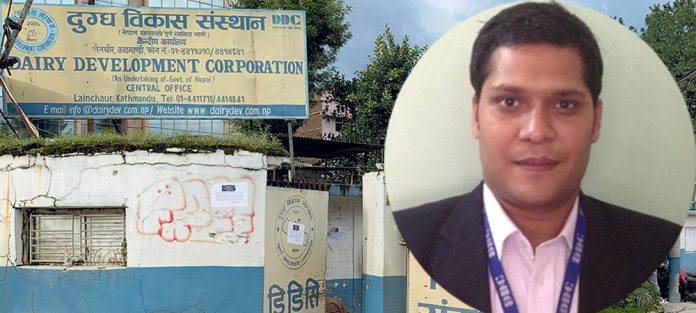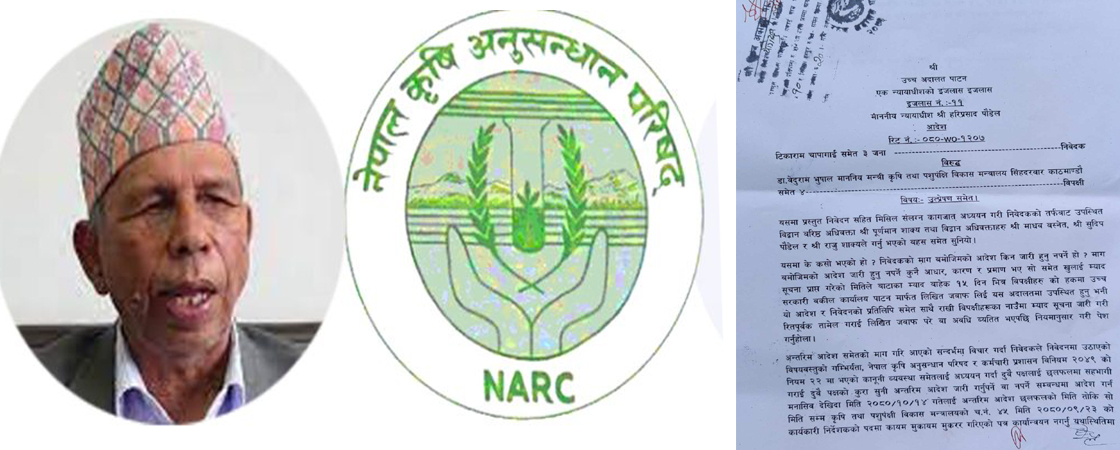Kathmandu, June 29: The Ministry of Agriculture Development (MoAD) has marked the 14th National Rice Day, Ashar Pandhra, throughout the country, including at Jhaukhel of Changunarayan Municipality in Bhaktapur today.
On the occasion, the District Agriculture Development Office (DADO) organized paddy plantation programme in the same locality. The Ashar Pandhra is also known as the day of Dahi Chyura- curd and beaten rice- feast.
As Ashar is a favorable season/month Nepalis engross in cultivating rice, the paddy plantation in the country usually starts with the beginning of the Ashar 1 of Nepali month and generally lasts through the second week of Shrawan.
The theme for this year’s National Rice Day was ‘expansion of rice harvests in two seasons: a base for economic prosperity.’
Nepal has been observing the Day every Ashar 15 from 2005 since a meeting of the Council of Minister decided on the same on December 14, 2004.
Fourteen years back, as many as 43 UN-member states had requested the UN General Assembly (UNGA) to announce the Year of Rice.
Nepal, however, is the only country among the UN members to mark the day as the national day since the UNGA announced the year to be the Year of Rice.
According to Joint-Spokesperson at the Ministry, Shankar Sapkota, rice is cultivated across 1.5 million hectare of land which is 50 per cent of the arable land. It is the staple among the major six grains cultivated and consumed in the country,
“The Ministry estimates the paddy production to stand at 5.4 metric tonnes next fiscal year while the country grew 5.2 metric tonnes of rice,” said Joint-Spokesperson Sapkota. It amounts to over 40 billion in total, according to him.
Farmers gathered in their fields to plant the paddy with great alacrity in today’s paddy plantation and relished the dahi chyura delicacy.
They splashed mud each other and sang folk songs that not only glorified agriculture but also offered the farmers and villagers merriment during their hard work in the fields.
As many as 81 species of rice developed by Nepal Agriculture Research Council are grown in southern plains, hills and upper hills across 73 districts of the country. Manang and Mustang districts have very hostile climate for rice.
While agriculture contributes 33 percent to the Gross Domestic Product (GDP) in Nepal, rice production contributes from 20-21 per cent in the GDP, said Sapkota






Add Comment